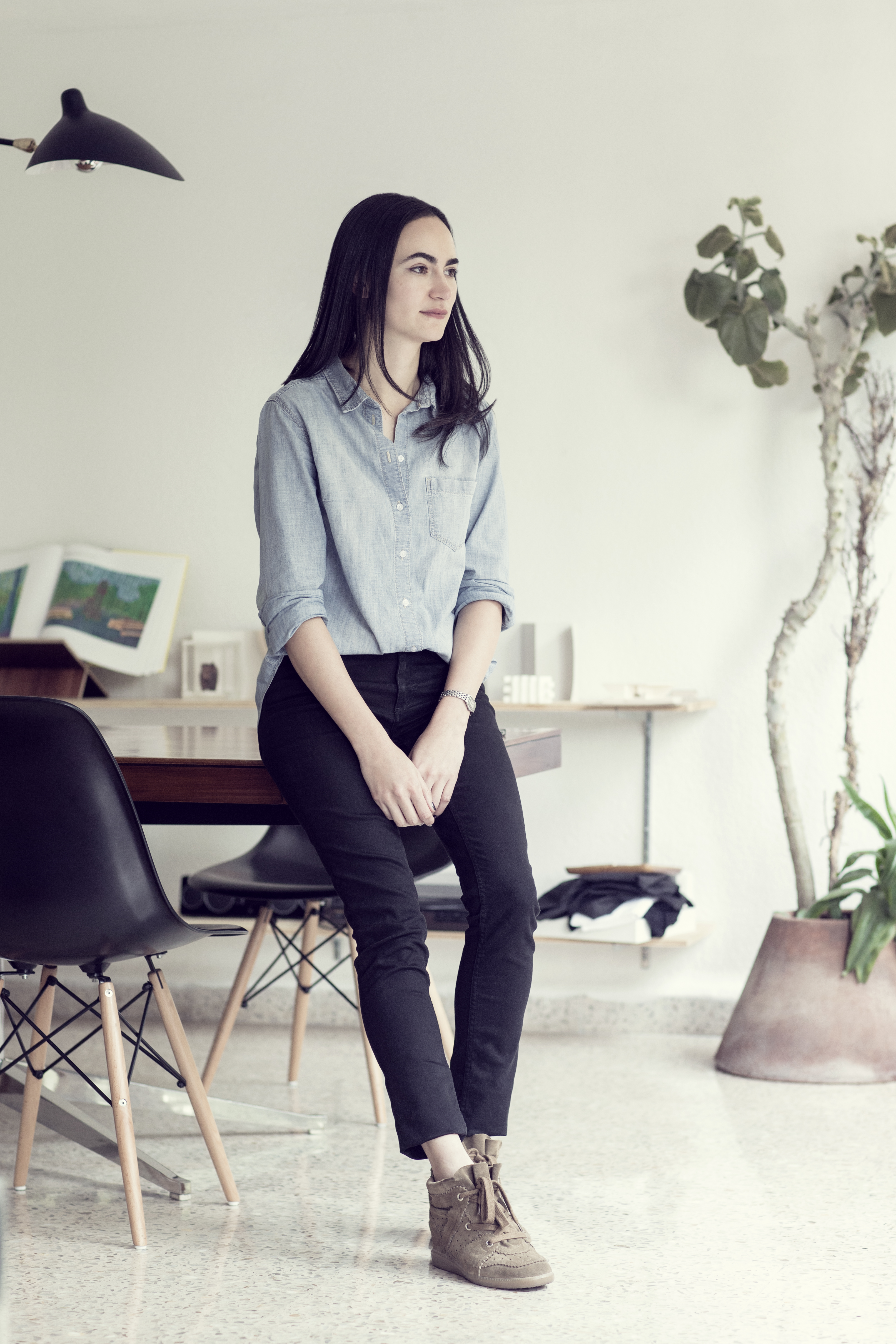
It’s been 50 years since Mexico City celebrated the 1968 Olympics by installing a series of large-scale public sculptures along a highway dubbed La Ruta de la Amistad. The project, by 19 artists from five continents, was a tribute to international friendship and art that can feel sadly retro in today’s feverish push toward nationalism.
But the Mexican-born architect Frida Escobedo, who revived the half-century-old project in two recent exhibitions, sees a special resonance in the work today. “I’ve always been interested in how we develop our identity—either as individuals or as a collective—and how it is materialized in space,” she said. She had for years imagined that the sculptures were heavy, concrete giants. But while working on a project in France she came across a contact sheet showing one of the sculptures under construction, which revealed a very different structural nature.

They were actually very light metallic structures covered by a thin veneer of concrete,” she said. The precarious scaffolds seemed almost like a part of the structure itself, “which to me exposed the duality of the political and social atmosphere of the ‘68 Olympics. While we were trying to be a cosmopolitan, developed country with a robust economy and solid political order, everything was highly staged and scenographic.”
Irene Sunwoo, director of exhibitions at Columbia University’s Arthur Ross Architecture Gallery, had been asking the architects she shows to “test something out they might not be able to use in the process of their own practice or office,” she said during a recent talk at the gallery. When Sunwoo asked Escobedo if she had any particular ideas, the architect sent the photograph of the Ruta de la Amistad sculpture under construction.
“I didn’t know anything about it and maybe she didn’t know much about it at the time either,” Sunwoo said. “But she did some digging and exploring and the exhibition that’s here is really the outgrowth of that moment of curiosity and exploration for her.”
In the end, Escobedo reimagined two of the steel structures of the Ruta de la Amistad project: Number 9 by American artist Todd Williams, which recently appeared at the Arthur Ross gallery, and Number 16, by the French artist Olivier Seguin, which was shown in France’s Biennale Architecture Orleans.

This process of building atop existing foundations—both material and conceptual—has been Escobedo’s strategy since she first began her career, which has been on a meteoric path since she graduated from the Universidad Iberoamericana in Mexico City in 2003 and the Harvard Graduate School of Design in 2012. “When you start a career as an architect—especially like I did, which was right out of school, and without working for other architectural offices—it is very hard getting commissions for projects,” she said. “You need to create your own opportunities.”
So she made rooftops, old hotels, an abandoned basement and other “underused and derelict sites” her metier. “It of course has to do with the fact that there is no such thing as a tabula rasa in Mexico City, and with the fact that this is the way that we been building the city for centuries: one layer on top of the other, always translated and reinterpreted into something else,” she says.
This collaboration with other eras, continents and social strata is at the heart of her practice, which today also involves developing high-quality low-income housing in Mexico City. A socially-conscious architect must always take certain precautions when working with developers—who often take a “‘I want to sell as many units as possible and to build at the lowest price’ approach”—she said. But in spite of those odds, as well as the recent turmoil in Mexico-U.S. relations and then the devastation of September’s earthquake in Mexico, she remains hopeful. “It was amazing to see how quickly people mobilized and organized,” she said of the post-earthquake efforts. “The challenge now is to keep working even after some of the initial energy fades out.”




